Mill’s Test of the elbow joint:
- This Mill’s Test is also known as the Lateral epicondylitis test.
- This Mill’s Test is passively performed by the examiner.
- This Mill’s Test clinical & orthopedic test is applied by to doctor or therapist when the patient is complain about the lateral side of elbow joint pain.
Clinical presentation of the Lateral epicondylitis:
- This Lateral epicondylitis of elbow Presenting equally in the men &women,
- 1% to 3% of the all population is experience the lateral epicondylitis of elbow in their lifetime, usually between the ages of 35 & 50.
- Patients is report to pain at the lateral side of elbow which is radiates down the forearm.
- The patients are complain of the weakness in grip & difficulties of lifting the objects.
- Tn the physical examination of assessment part, in the patient present of the point tenderness in the medial & distal to the lateral epicondyle of the elbow.
- Condition = Lateral epicondylitis of elbow
- Patient age for the Lateral epicondylitis = 35-55 years
- Mechanism of injury of the Lateral epicondylitis = Gradual overuse of the elbow joint
- Symptoms Lateral epicondylitis of aggravated by = Activities involving the wrist joint extension & grasping
- Observation of the elbow joint = Possible present to swelling at over the lateral elbow
- Tenderness with the palpation of elbow joint = [resent as the Lateral elbow over the extensor carpi radialis brevis mucle.
What is Purpose of the Mill’s Test?
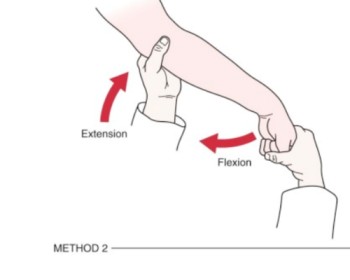
- This Mill’s Test is used to for the check the lateral epicondylitis of the elbow joint or tennis elbow.
- Tennis elbow means lateral epicondylitis most occurs in the tennis player.
How do you perfom of the Mill’s Test?
- First of the examiner is palpate the lateral epicondyle of the elbow.
- Then the examiner is passively pronates the patient’s forearm /flexs the wrist & extended the elbow joint.
What is result of the Mill’s Test?
- If the patient complains the pain over the lateral epicondyle of the humerus, it indicates a positive test.
- This maneuver also puts stress on the radial nerve & in the presence of compression of the radial nerve, cause symptoms similar to those of lateral epicondyle means tennis elbow.
- Electrodiagnostic studies help differentiate the two conditions.
What is Evidence of the Mill’s Test?
- Sensitivity of the Mill’s Test (%) = 53
- Specificity of the Mill’s Test (%) = 100
- Positive Likelihood ratio of the Mill’s Test = ~ (infinity)
- Negative Likelihood ratio of the Mill’s Test = 0.47
What is Key Research of the Mill’s Test?
- A study
- Which is describe by the Tuomo Pienimäki et al. in 2002
- In this study found that the pain thresholds at the lateral epicondyles of the elbow are strongly associated with the pain on the palpation of the elbow & when the present of positive Mills test.
- Wadsworthis found that when the Mills movement is applied forcefully under general anesthesia, it produces an audible snap & provides good results, but not given to any scientific reason.
- This Mills test is a very straight forward test which is described in the most of the physical therapy by applied manuals.


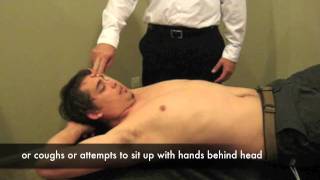
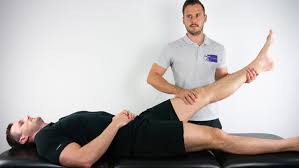
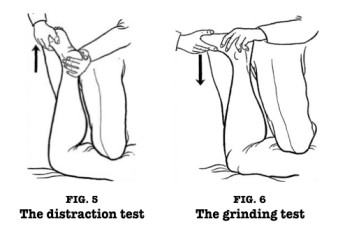
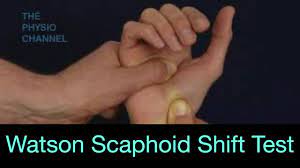
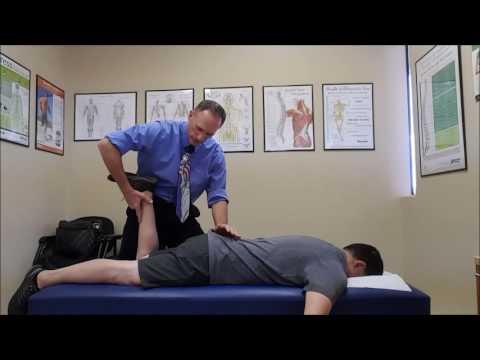

One Comment